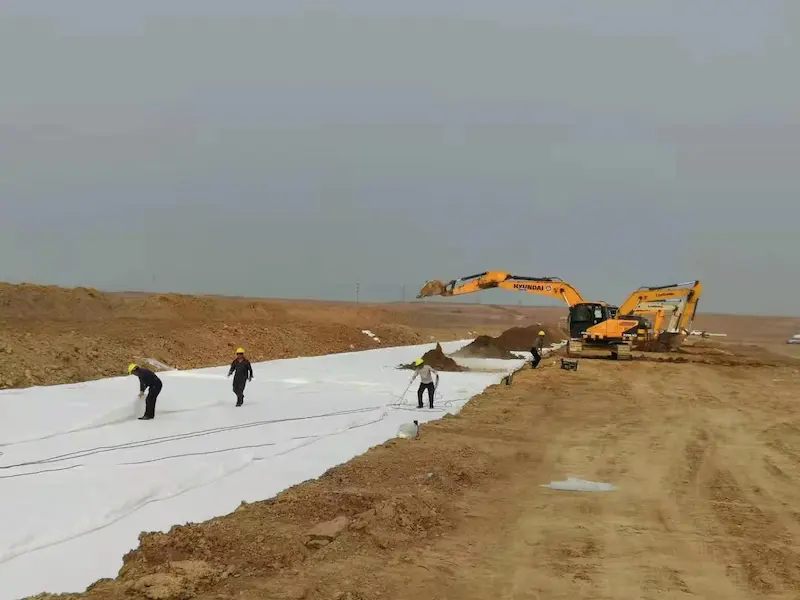Geosynthetics in Geotechnical Engineering: Innovative Solutions for Enhancing Infrastructure Performance
106071.webp)
Geosynthetics, a broad category of man-made materials, have revolutionized geotechnical engineering, particularly in the realm of infrastructure development. Used primarily for soil reinforcement, water control, and erosion protection, geosynthetics have become an indispensable tool in the design and construction of sustainable and resilient infrastructure.
788672.webp)
(3D white filament composite drainage net)
In geotechnical engineering, the primary goal is to enhance the performance of soil and rocks in supporting and transferring loads. Geosynthetics, through their unique properties, offer innovative solutions to traditional challenges in this field. They provide added strength, stability, and durability to soil and rock masses, thus enhancing the overall performance of infrastructure components.
726883.webp)
(White filament geotextile black geomembrane core-composite geomembrane)
One of the key applications of geosynthetics in geotechnical engineering is soil reinforcement. Geosynthetic reinforcing materials, such as geogrids and geotextiles, are used to improve the load-bearing capacity of weak soils. These materials are strategically placed within the soil mass, enhancing its compressive strength and stability. This results in more robust foundations and reduces the risk of settlement or deformation, ensuring the longevity of structures.
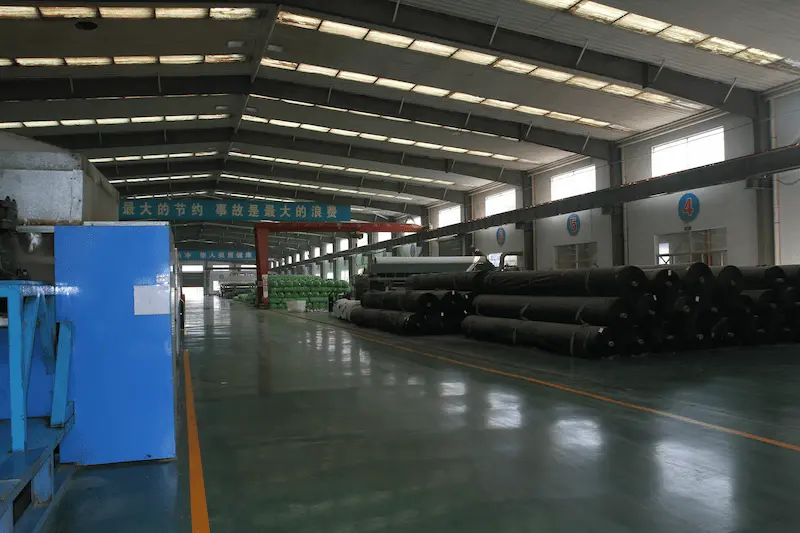
Water control is another important aspect of geosynthetics in geotechnical engineering. Geosynthetic barriers, such as geomembranes and geotextiles, are used to prevent water infiltration into soil and rock masses. They create a barrier that prevents water from migrating into weak zones or sensitive areas, thus mitigating water-related erosion and instability. This ensures the structural integrity of infrastructure components and extends their lifespan.
In addition to soil reinforcement and water control, geosynthetics also play a crucial role in erosion protection. Geosynthetic covers and gabions are used to stabilize slopes and prevent erosion. They provide a protective layer that resists the forces of water, wind, and ice, thus reducing the risk of landslides and soil erosion. This ensures the safety of infrastructure components and surrounding areas.
The use of geosynthetics in geotechnical engineering has numerous advantages. They offer high performance at a relatively low cost compared to traditional reinforcing methods. Additionally, geosynthetics are easy to install and require minimal maintenance, further reducing lifecycle costs. Furthermore, their durability and longevity provide a sustainable solution for infrastructure development, as they can be used in various environmental conditions and require minimal resources.
In conclusion, geosynthetics have become an integral part of geotechnical engineering, enhancing the performance of infrastructure components in various ways. Their innovative properties and versatility make them a valuable tool in meeting the challenges of sustainable infrastructure development. As we continue to explore new technologies and materials in the field of geotechnical engineering, geosynthetics will remain a key player in ensuring the durability, stability, and safety of critical infrastructure components.
599.webp)
951.webp)
242.webp)
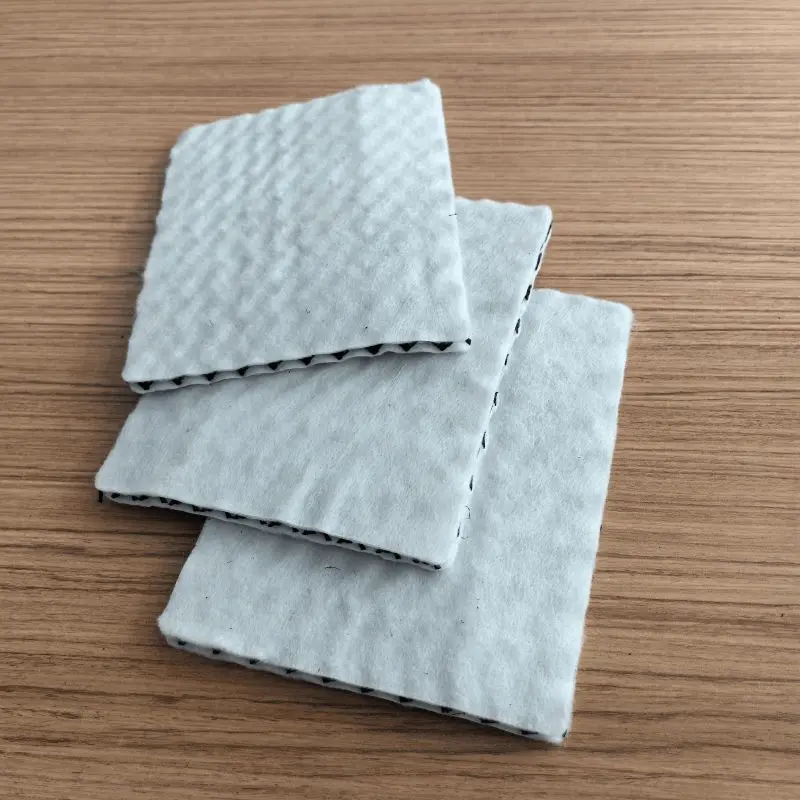
892.webp)
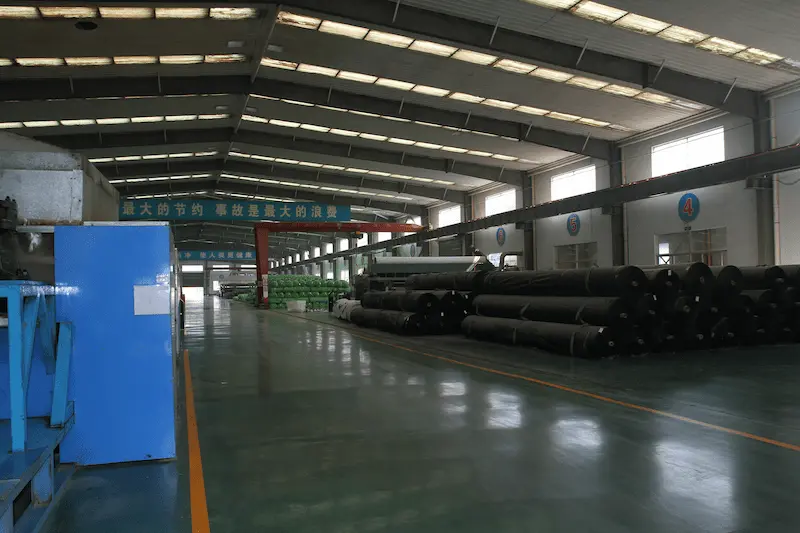
503.webp)
759.webp)
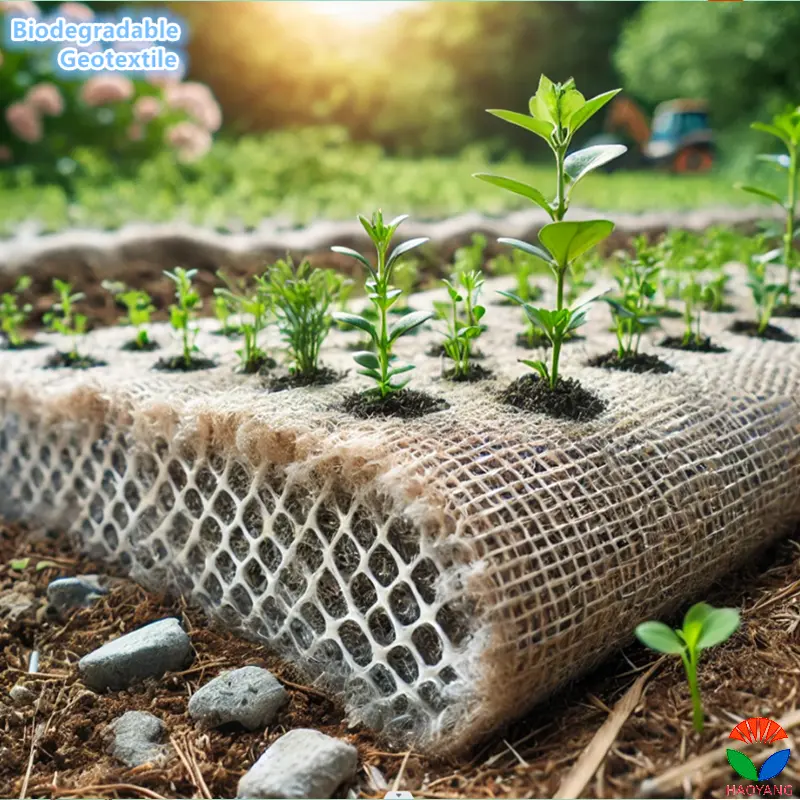
628.webp)
